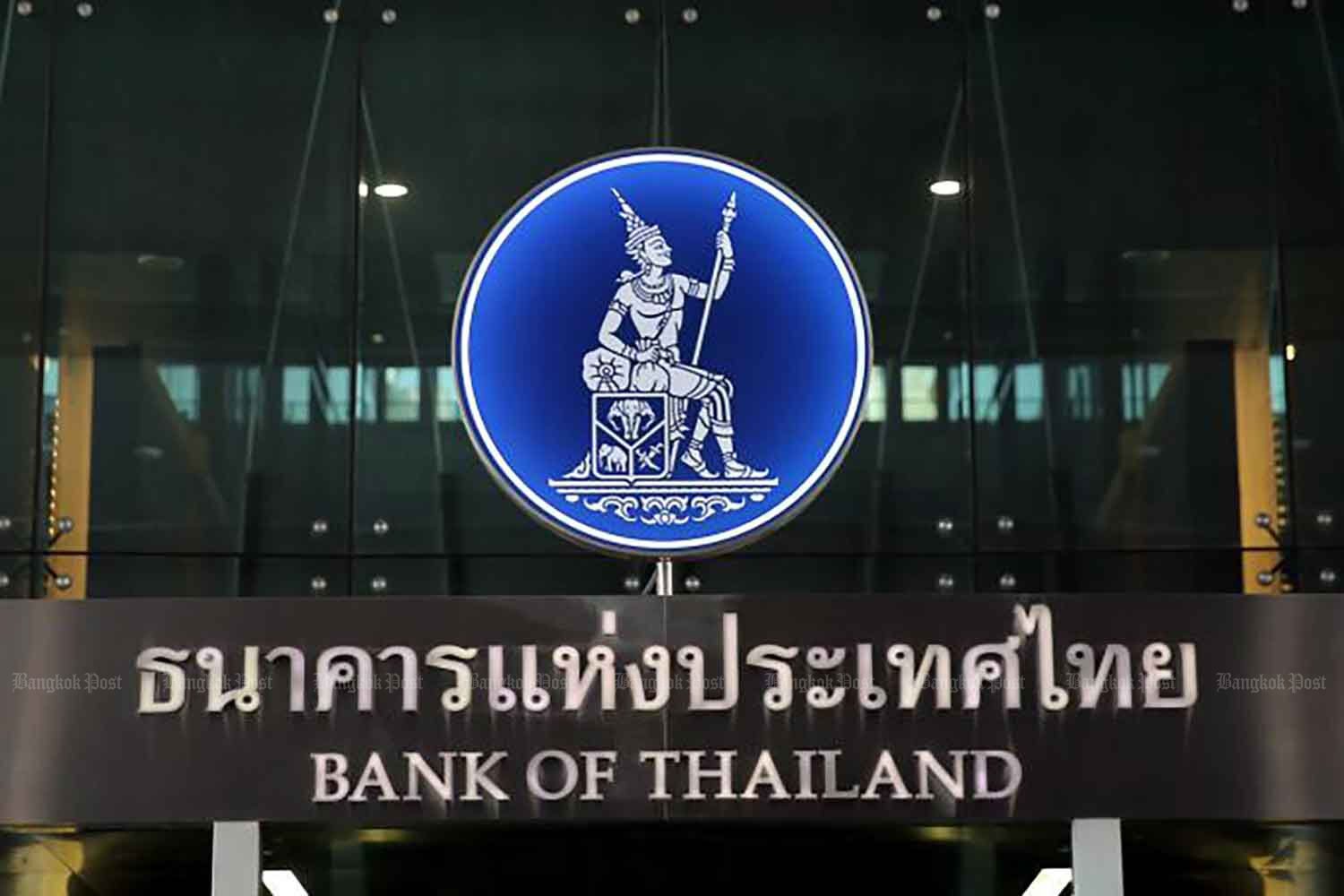Bank of Thailand predicts slower third and fourth quarter growth

The Bank of Thailand anticipates slower economic growth in the upcoming third and fourth quarters, attributing this to a high base effect. According to Piti Disyatat, secretary of the central bank’s Monetary Policy Committee (MPC), second-quarter GDP is expected to grow by 1% from the previous quarter, a decline from the 1.5% growth observed in the first quarter. These projections were shared during a monetary policy forum held yesterday.
The central bank now estimates the growth rate for the third and fourth quarters to be between 0.6% and 0.7% per quarter due to the high base effect. Despite this deceleration, economic activities are predicted to increase, driven by improved domestic demand, a recovery in tourism, and accelerated government budget disbursement.
On an annual basis, the central bank forecasts stronger growth momentum of 1%, 2%, 3%, and 4% for the first, second, third, and fourth quarters, respectively. This would result in a Thai GDP expansion of 2.6% for this year and 3% for the following year, compared to the 1.9% growth recorded in 2023.
Earlier this month, the MPC voted 6-1 to maintain the policy rate at 2.5%, with one member advocating for a 0.25 percentage point cut in the policy rate, said Piti
“Economic growth should continue to expand and achieve the potential growth rate of 3% next year.”
Piti noted that the Thai economic recovery would differ across sectors. Services, primarily tourism, are expected to lead to improvements in employment and labour income in related industries. Conversely, recovery in the manufacturing sector will vary by industry, influenced by both cyclical and structural factors. The manufacturing sector, which employs approximately 6.3 million people, faces challenges that could have spillover effects on some areas of the service sector.
Economic recovery
Employment in the manufacturing sector constitutes 14 to 15% of total employment, in contrast to 30% in the agricultural sector, 20% in tourism, and 20% in services. Higher competition in the electric vehicle (EV) industry, particularly from Chinese manufacturers, has impacted segments of the automotive industry. Piti mentioned that this trend is not unique to Thailand but is also occurring in the US and Europe.
Additionally, production and export of internal combustion engine-powered vehicles have decreased as demand for EVs increases and global demand softens. This has affected overall vehicle production in the country, Piti said.
“Stiff pricing competition in the EV segment has led prospective buyers to take a wait-and-see stance, dampening vehicle production. However, the situation is expected to gradually resolve later.”
The gradual resolution of pricing competition in the EV market is anticipated to stabilise vehicle production in the future, reported Bangkok Post.
Latest Thailand News
Follow The Thaiger on Google News:


























